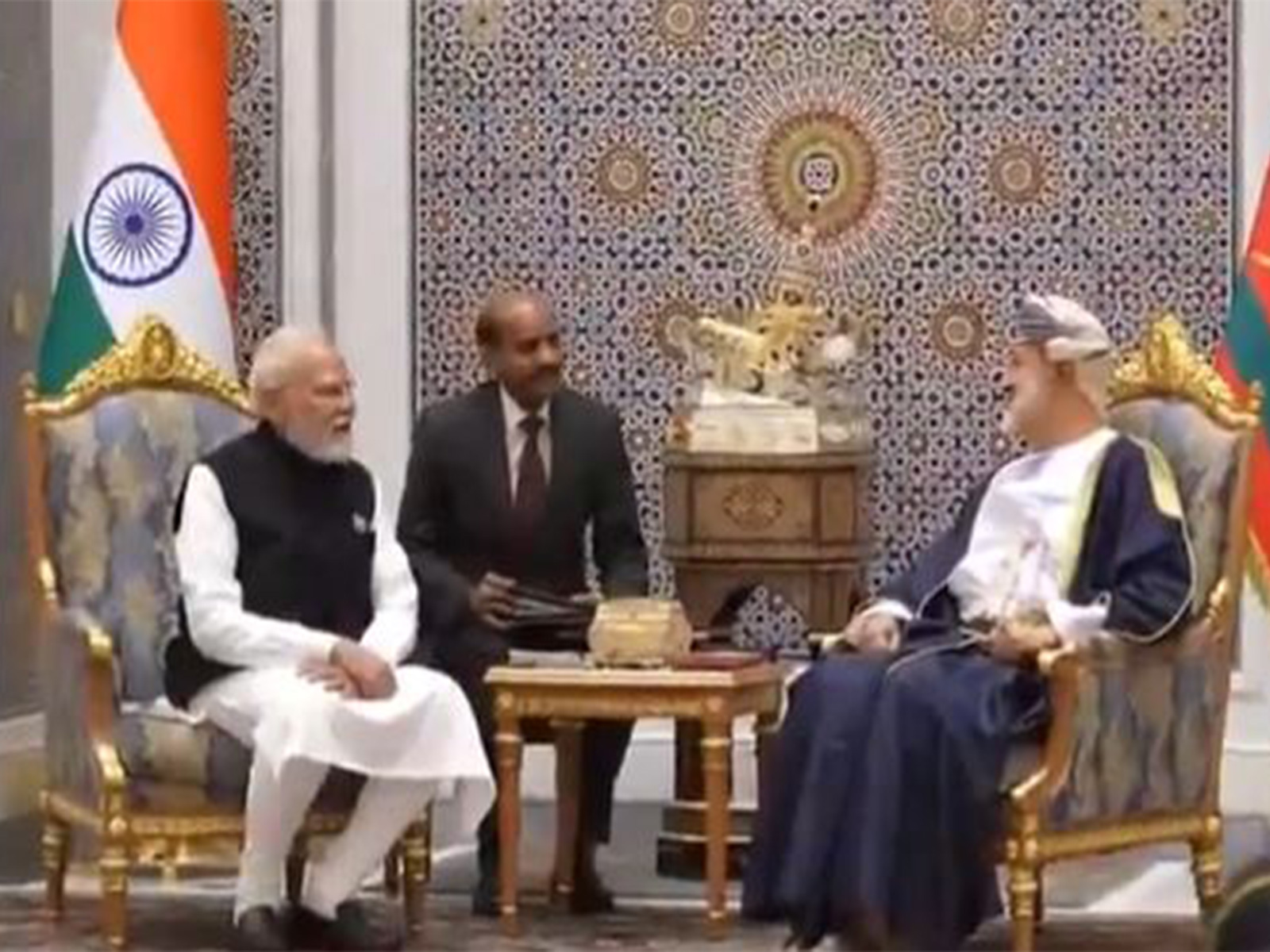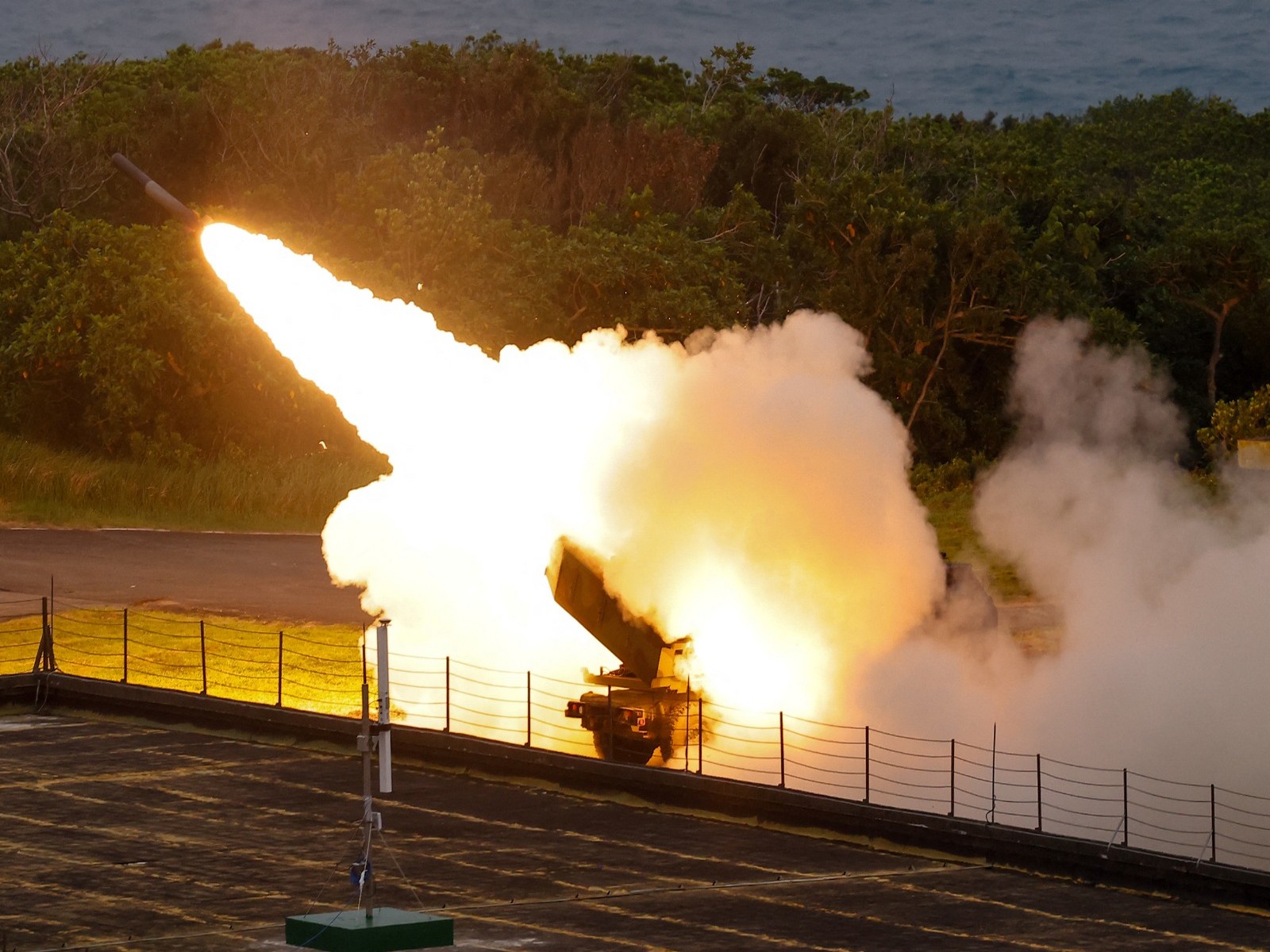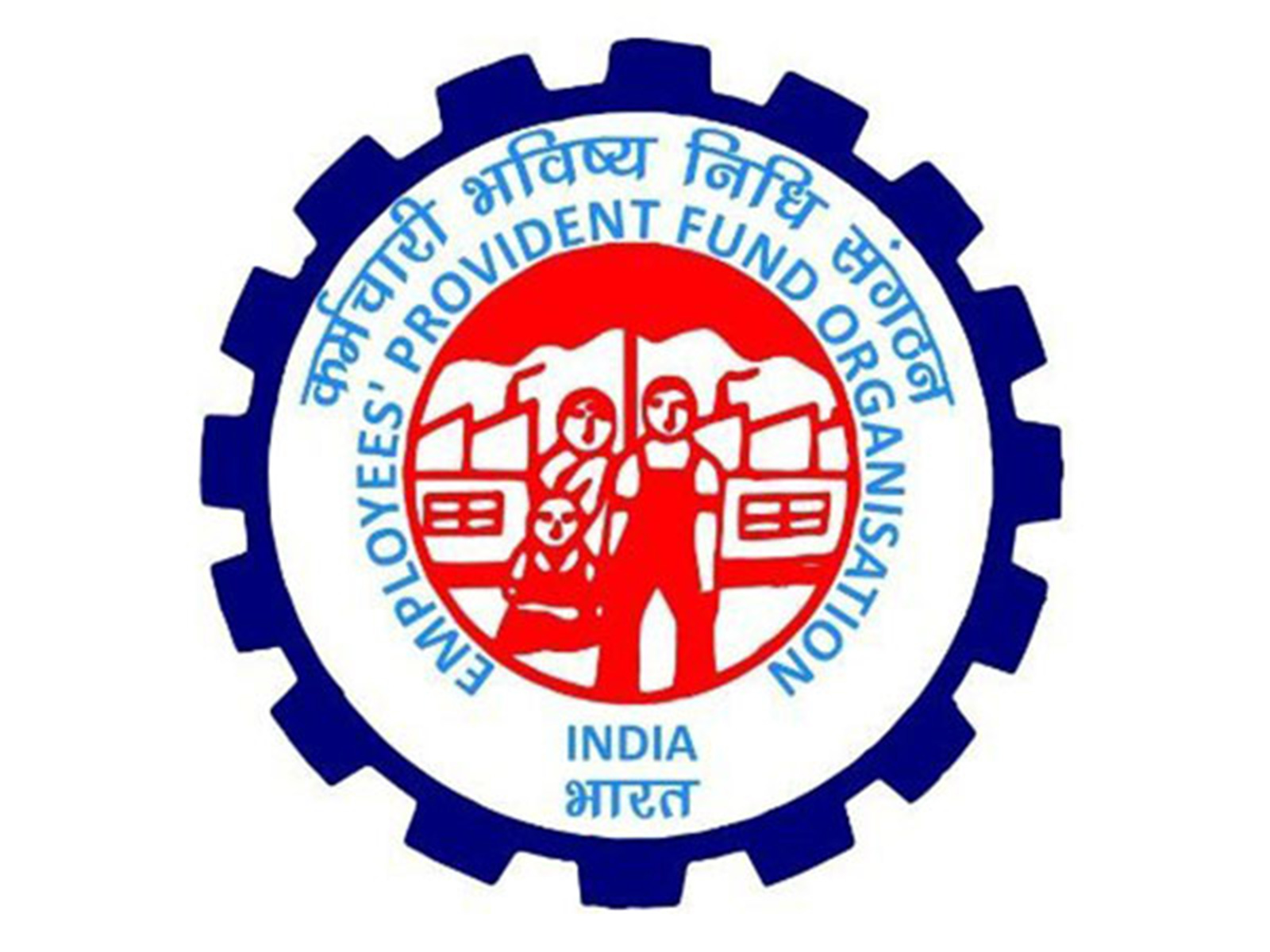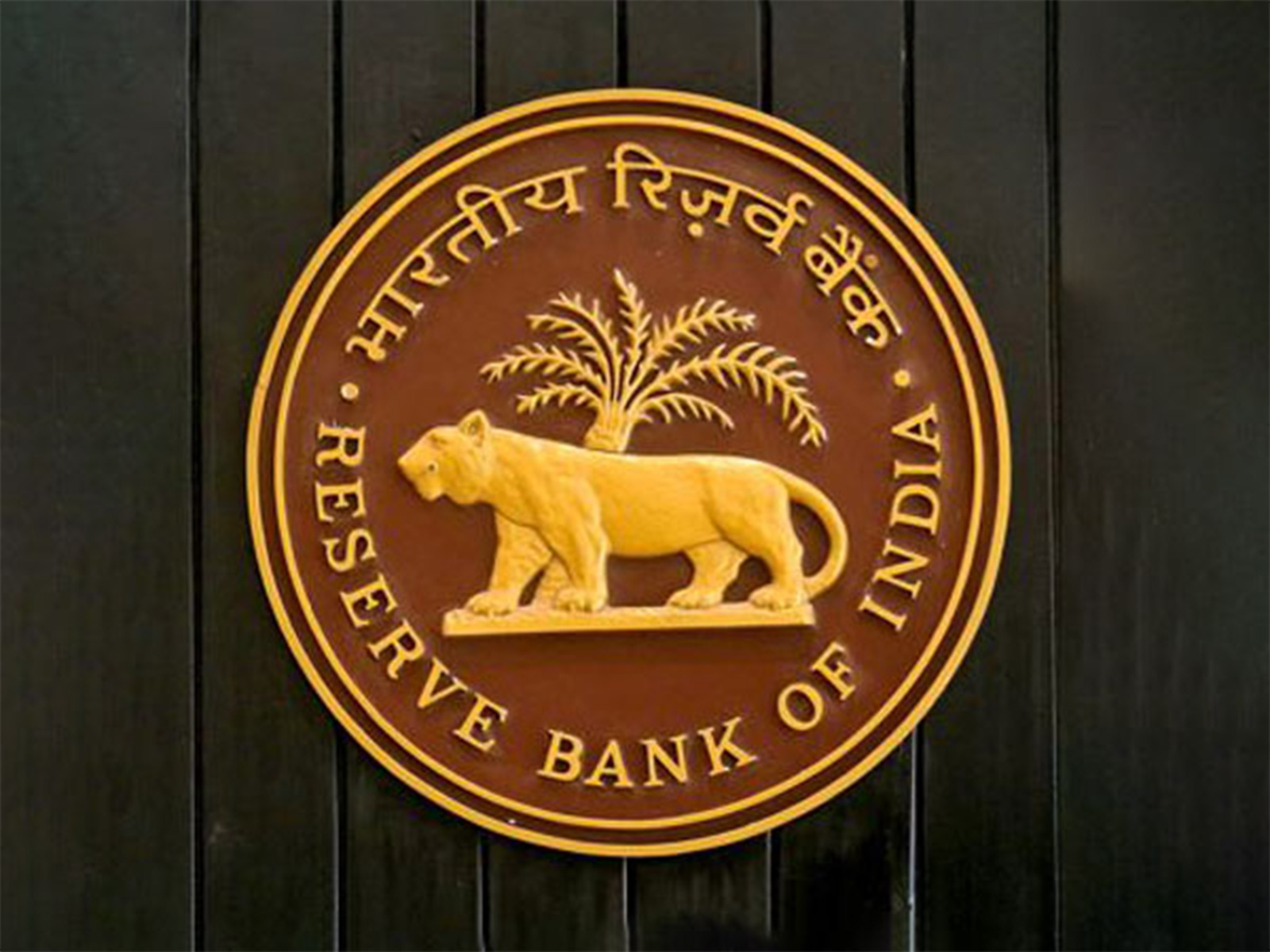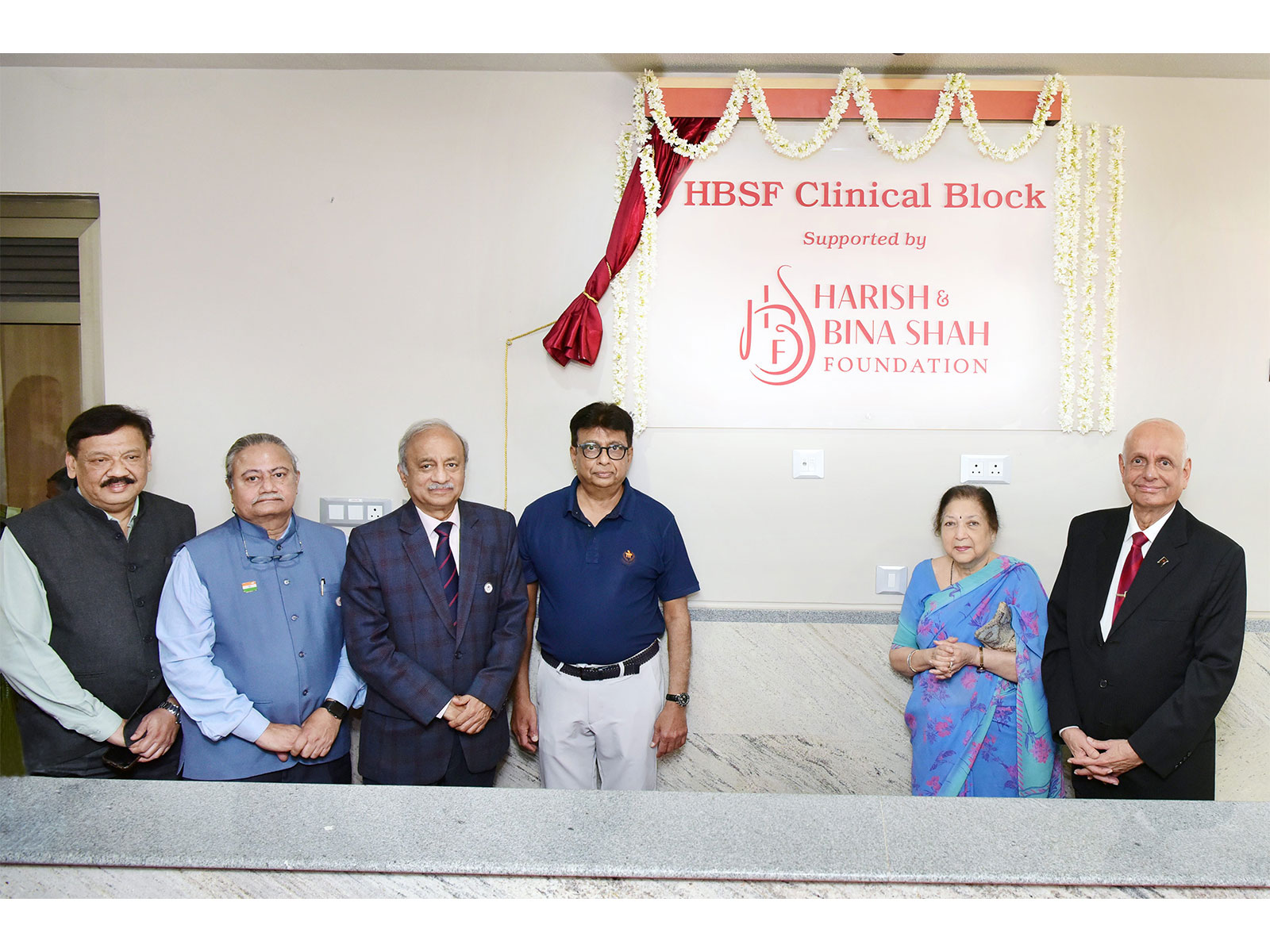UN launches record USD 51.5 billion humanitarian appeal for 2023
Dec 01, 2022

Geneva [Switzerland], December 1 : The estimated cost of the UN humanitarian response going into 2023 is USD 51.5 billion, a 25 per cent increase compared to the beginning of this year, the United Nations and partner organizations said on Thursday.
Next year will set another record for humanitarian relief requirements, with 339 million people in need of assistance in 69 countries, an increase of 65 million people compared to the same time last year, according to United Nations Office for the Coordination of Humanitarian Affairs (OCHA).
"Humanitarian needs are shockingly high, as this year's extreme events are spilling into 2023," said the UN Emergency Relief Coordinator, Martin Griffiths.
"Lethal droughts and floods are wreaking havoc in communities from Pakistan to the Horn of Africa. The war in Ukraine has turned a part of Europe into a battlefield. More than 100 million people are now displaced worldwide. And all of this on top of the devastation left by the pandemic among the world's poorest.
"For people on the brink, this appeal is a lifeline. For the international community, it is a strategy to make good on the pledge to leave no one behind."
The 2023 Global Humanitarian Overview (GHO), launched today by the UN in collaboration with nongovernmental organizations and other humanitarian partners, paints a stark picture of what lies ahead.
This gargantuan UN appeal comes as at least 222 million people in 53 countries will face acute food insecurity by the end of 2022. According to OCHA, forty-five million people in 37 countries risk starvation.
Public health is under pressure due to COVID-19, monkeypox, vectorborne diseases, and outbreaks of Ebola and cholera. Climate change is driving up risks and vulnerability. By the end of the century, extreme heat could claim as many lives as cancer. OCHA said it will take four generations - 132 years - to achieve global gender parity. Notably, 388 million women and girls live in extreme poverty around the world.
According to OCHA, the response plans in the GHO detail how aid agencies working together around specific types of aid - including shelter, food, maternal health, child nutrition and protection - can save and support the lives of a combined 230 million people worldwide.
This year, humanitarian organizations have delivered assistance to stave off the most urgent needs of 157 million people. This includes food assistance for 127 million people; sufficient safe water for nearly 26 million people; livelihood assistance for 24 million people; mental health and psychosocial support for 13 million children and caregivers; maternal health consultations for 5.2 million mothers; and health-care services for 5.8 million refugees and asylum-seekers.
According to the UN agency, humanitarians have painstakingly negotiated access to communities in need, most recently in the Haitian capital, Port-au-Prince, to deliver water and food rations. And the Black Sea Grain Initiative has been renewed, ensuring a continuous flow of food commodities from Ukraine to global markets.
National and local organizations are members of 80 per cent of all Humanitarian Country Teams, providing essential guidance and leadership. And from Afghanistan to the Central African Republic, local organizations led by women are engaged in humanitarian planning and programming.
The UN agency said donors have provided a generous USD 24 billion in funding as of mid-November 2022, but needs are rising faster than the financial support. The funding gap has never been greater, currently at 53 per cent. Humanitarian organizations are therefore forced to decide who to target with the funds available.

